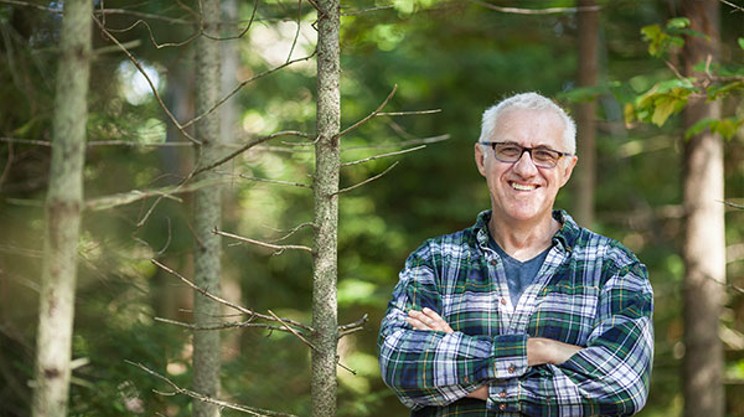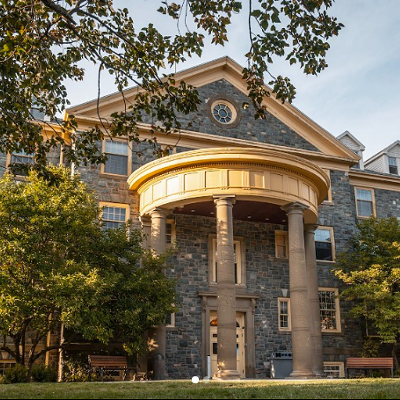If all goes according to plan, by the end of the month, Halifax will know the true value of its trees. Or, at least, their financial value.
Thats when John Simmons, our urban forest guru, expects a report from a US-based consultant, breaking down the quantifiable benefits of our trees, the total number we have, their dollar value, their ability to absorb air pollution and their ability to prevent water runoff, within plus or minus five percent.
This information should feed into a 20-Year Urban Forest Master Plan, a masterpiece closing in on a decade in the making. Simmons expects the plan to be ready by years end.
Councillor Linda Mosher, who first brought forth the issue of protecting privately owned urban trees in 2001, is pleased. Here we are the city of trees, Mosher says, and we dont have any legislation to protect them.
And because we dont have such legislation, any landowner or developer on or off the peninsula can cut away, with chainsaws un-dulled by red-tape.
Mosher says that council approved $150,000 in capital costs to go toward the assessment of our trees. Subsequent council minutes show further discussion of the issue in October 2001, April 2003 (when staff promised a report in four weeks, which never arrived) and Summer 2004.
And so, seven years after Mosher raised the issue, tree-lovers around the region await the report that will become the plan that will...well, what will the plan do?
It wont give us a bylaw protecting trees, at least not yet. That responsibility lies with the province, which Mosher says has given no positive response to repeated requests for the right to pass a tree protection bylaw.
South end resident David Clarke, a professor at Saint Marys, has seen many of the old-growth trees surrounding his property taken down by developers. He would love to see a bylaw protecting trees on private property, but he isnt holding his breath.
Council has its attention on cat bylaws and parking in Parade Square, he says. This would be a visionary thing, and these councillors are too fixated on their pet issues. Clarke believes that only party politics can give rise to the kind of collective thinking that goes beyond special, localized interests.
Mosher, on the other hand, blames the Conservative provincial governments focus on its rural electorate. Thats why Halifax needs its own charter, she says, pointing out that charter cities like Vancouver and Toronto have tree protection bylaws.
Toronto, that bastion of urban density, where green-space coverage is a mere 17 percent of the landscape, as our model of tree protection? Well, the city does provide some interesting case studies, mainly because its tree bylaw is frequently used and abused by expert practitioners of Not-In-My-Backyardism.
In 2005, a boarding house for psychiatric survivors was expanding to allow more residents. Local homeowners rallied against the expansion, complaining of the supposed dangers posed to the neighbourhood by such residents.
Knowing that they could not legally argue against the expansion on the grounds of who would live there, the homeowners resorted to the tree bylaw, claiming the expansion would destroy an important tree. It was found that the tree could be saved, and the project was approved by the city.
A more recent case turned out differently. CBC Radio aired the blunt opinions of another west end Toronto resident with similar concerns about a boarding house expansion.
The audio played cut from the man complaining about who would move into such a high density, low-cost housing unit, to his voice at a committee of adjustment meeting, making his case based on a tree that was at risk. He won; the project was rejected to protect the tree. Affordable housing took a hit.
Id like to say that Halifax should learn from Torontos failures, and create a bylaw with flexibility and room for exceptions--- one that allows common sense to prevail on a case-by-case basis. Id like to say that, but, for now, all we can hope for is that the soon-to-be-released reams of quantifications convince somebody in the Nova Scotia legislature to care about our trees.













